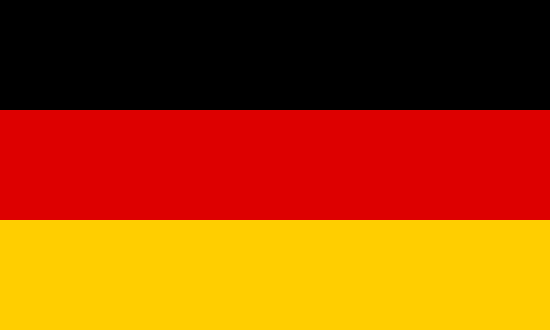Systematic and thorough
Sampling is carried out according to specific control plans. Analyses are systematically spread over the entire year. Feed material producers and traders whose products are not covered by a sector-specific control plan submit a business-specific control plan to QS for approval. For farmers who mix their own feed, the coordinator organizes participation in feed monitoring.
All sample data and test results are recorded in the QS database. To ensure that all requirements are met and that laboratory results can be compared, only QS-recognised laboratories may be commissioned to perform the tests.
Documents
Guideline Feed Monitoring info_outline
Guideline Feed Monitoring (valid as of 01.01.2026) info_outline
Annex 8.1 Table of Parameters and Methods info_outline
Annex 8.2 Table of Limit-/QS Guidance Values info_outline
Annex 8.3 Analysis spectrum for Pesticides info_outline
Annex 8.4 Registration form for laboratories info_outline
Annex 8.5 Additional control plans (Stand: 12.11.2025)
Annex 8.6 Ad-hoc monitoring plans info_outline
Annex 8.7 Evaluation criteria laboratory performance assessment info_outline
Annex 8.8 Analysis spectrum for antibiotic active substances info_outline
Annex 8.9 Implementation of laboratory audits (valid as of 01.01.2026)
Annex 8.2 Feed_Monitoring Limit QS Guidance Values (valid as of 01.01.2026) info_outline
Annex 8.8 Analysis spectrum for antibiotic active substances (valid as of 01.01.2026) info_outline
Annex 8.7 Evaluation criteria laboratory performance assessment (valid as of 01.01.2026) info_outline
Annex 8.6 Ad-hoc monitoring plans (valid as of 01.01.2026) info_outline
Annex 8.4 Registration form for laboratories (valid as of 01.01.2026) info_outline
Annex 8.3 Analysis spectrum for Pesticides (valid as of 01.01.2026) info_outline
Annex 8.1 Table of Parameters and Methods (valid as of 01.01.2026) info_outline
QS approved laboratories feed monitoring
Explanation: Sampling and Retained Samples (Stand: 01.01.2022)
Sample form: Request for a Site-Specific Control Plan (Stand: 15.11.2021)
Sampling in agricultural companies (Stand: 15.11.2021)
Data key Designations of Premixes and Feed Additives in the QS database (Stand: 15.11.2021)
Further Links
FAQs
Contact
Giulia Offermann
Junior Manager Feed Sector, Monitoring, Support- Tel: +49 (0) 228 35068-215
- Fax: +49 (0) 228 35068-16215


